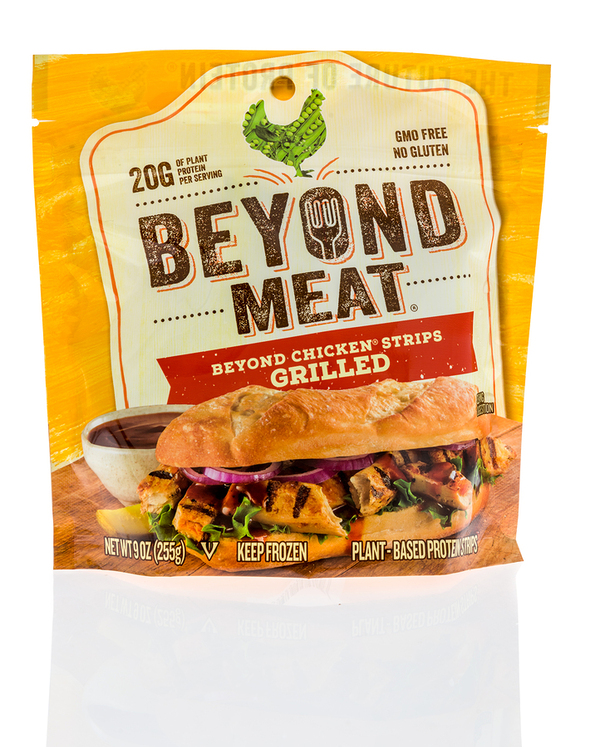Beyond Meat is one of the business successes of 2019. The company, which sells vegetarian products that taste like meat, was involved in an initial public offering (IPO) earlier this year, and the stock has been rising robustly.

Beyond Meat is a huge business success.
The ability to go public and have a resounding success is only one part of business strategy. The fact is, Beyond Meat’s entire trajectory contains multiple lessons for entrepreneurs and business leadership. Below is an itemization of some of the top lessons to learn from Beyond Meat.
1. Have a clear mission and goal and eliminate bottlenecks.
It’s axiomatic that businesses need to align with their mission and goal, but it’s sometimes hard for a start-up to develop an overarching mission and goal.
In a statement reprinted in Inc., Beyond Meat founder Ethan Brown clearly stated his initial mission and goal. He was concerned with climate change and wanted to reduce energy consumption. It may sound counterintuitive, but livestock uses more resources and energy than many other areas of the economy.
In meat production, Brown points out, animals are the bottleneck. Tons of resources (literally) are poured into them so that they produce an ultimate salable product, meat. To quote Brown, “any basic business course tells you to identify and get rid of bottlenecks in your production.”
So he focused on the production of plant-based consumer products that eliminated the bottleneck. The mission and goals could have been “make the world a healthier place” or “provide a vegetarian option” for that increasingly popular market. These may indeed be secondary goals, but not the prime one.

Start-ups need to focus on their goals.
2. A compelling story helps get funding.
Another issue of Inc. points out that Brown’s story is particularly compelling because it makes his interests understandable and explains why other people should be interested as well. Brown grew up on a farm and understood how time- and product-consuming meat was. He was able to conceptualize animals as meat builders and to explain why a lab might be able to build meat in a faster and less resource-intensive way.
Kleiner Perkins, a leading Silicon Valley venture capital firm, invested in Beyond Meat in 2011.
3. Aim for a growth market.
One of the readiest explanations for Beyond Meat’s success is that the market was ready for the product, on three levels. First, vegetarian and vegan dining options are rising in popularity irrespective of environmental concerns. Second, healthy dining options are also a fast-growing market segment, and vegetables – the ingredient in Beyond Meat products – are healthier than meat. Third, consumers also find an environmentally conscious product appealing (although it has to taste good as well).
In 2016, Whole Foods became the first grocery store to carry Beyond Meat products. (Beyond Meat was founded in 2009.) Currently, 17,000 grocery stores carry it, along with 12,000 restaurants.
4. Reinvest in research and development.
Beyond Meat is very much a result of R&D, with products formulated in labs. However, Brown has indicated he intends to keep investing to expand the product line. He wants, for example, to make products that are cheaper than meat.
The company reported an over 25 percent gross margin in the first quarter of 2019 versus a negative margin during 2017. Most of the profits are being spent on R&D and on ramping up production on existing products so profits keep coming.
